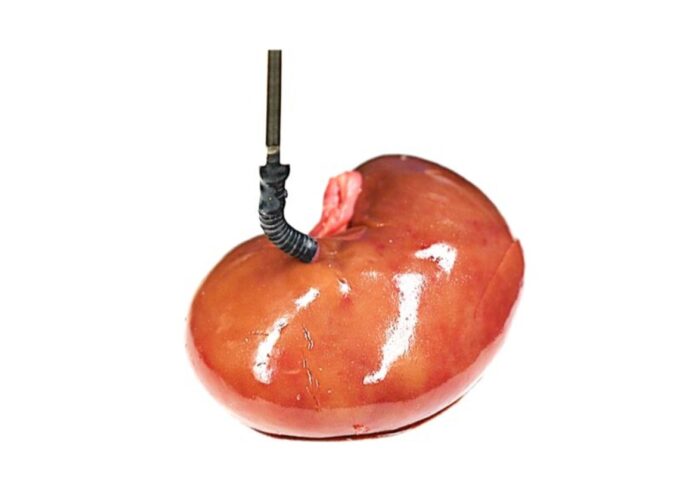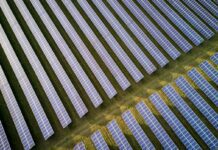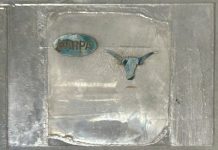
Biomedical engineers from UNSW have developed an electricity-free soft robotic system that could pave the way for more precise, low-cost surgeries.
The innovation, led by Dr Thanh Nho Do from the UNSW Medical Robotics Lab, uses hydraulics to operate artificial muscles, moving a flexible robotic arm in all directions without needing motors or electricity.
This new system, called the Soft Fibrous Syringe Architecture (SFSA), offers potential for use in complex medical procedures such as endovascular surgery, where microcatheters are used, the university said in a news release.
As described in an Advanced Sciencestudy, the SFSA’s built-in sensing capabilities allow it to detect forces and surface textures, enabling surgeons to operate more accurately on abnormal or excessive cells, including tumours.
“Unlike traditional methods that use complicated parts like electric motors, microcontrollers, valves, and rigid pumps, SFSA uses a simple mechanical system that doesn’t need electricity or motors,” said Dr Do.
The hydraulic-powered robot has the potential to streamline surgical procedures, especially in urgent cases like strokes where blood clots must be swiftly removed.
The SFSA’s flexible robotic design allows it to be smaller and lighter, improving precision during surgery.
In particular, the SFSA system operates using soft artificial muscles—one known as the ‘master’ muscle and the other as the ‘slave’.
The master muscle works like a syringe without a plunger, while the slave muscle acts as a flexible actuator, controlling the movement.
When the master muscle is stretched, hydraulic pressure shifts in the system, causing the slave muscle to contract and produce movement.
This mechanically driven system reduces production costs, eliminates the risks associated with electronic malfunctions, and is suited for remote areas or environments like space where robotic arms are often used.
The built-in sensing capability of the SFSA system makes it highly suitable for future flexible surgical robots, allowing for tasks like stiffness detection of neoplasms and surface texture mapping.
“Our soft robot can execute critical procedures such as surgical treatment and delivery of biomaterial to precise locations,” said Chi Cong Nguyen, a PhD candidate collaborating on the project.
One standout feature of the SFSA system is its ability to reduce tremors during surgery. The robot can scale down inputted motions, ensuring that even slight hand movements from the surgeon are stabilised, improving accuracy in procedures where high precision is essential.
“This new technology uses off-the-shelf materials, which greatly reduces the costs compared to traditional electric control systems, but also makes SFSA simpler, more reliable, smaller, and easier to operate – making it perfect for many medical uses,” said Dr Hoang-Phuong Phan, a collaborator on the project.
Phan added, “By eliminating the need for electricity, DC motors, and controllers, this new technology provides a low-cost solution that is naturally more reliable. The robot’s ability to work without needing a power source makes it even better for places where power is limited or unavailable.”
Scientia Professor Nigel Lovell, head of UNSW’s Graduate School of Biomedical Engineering, highlighted that the system’s flexible design allows it to navigate tight spaces more easily than traditional robots.
“This approach offers a strong, efficient, and affordable alternative, especially where traditional technologies don’t work as well.”
Dr Do’s team is also exploring future possibilities for the SFSA system, including pairing it with a soft wearable glove to provide real-time haptic feedback for users.



















